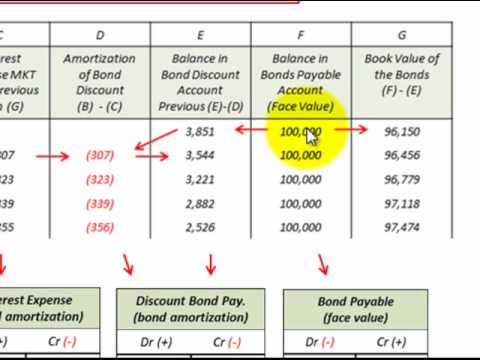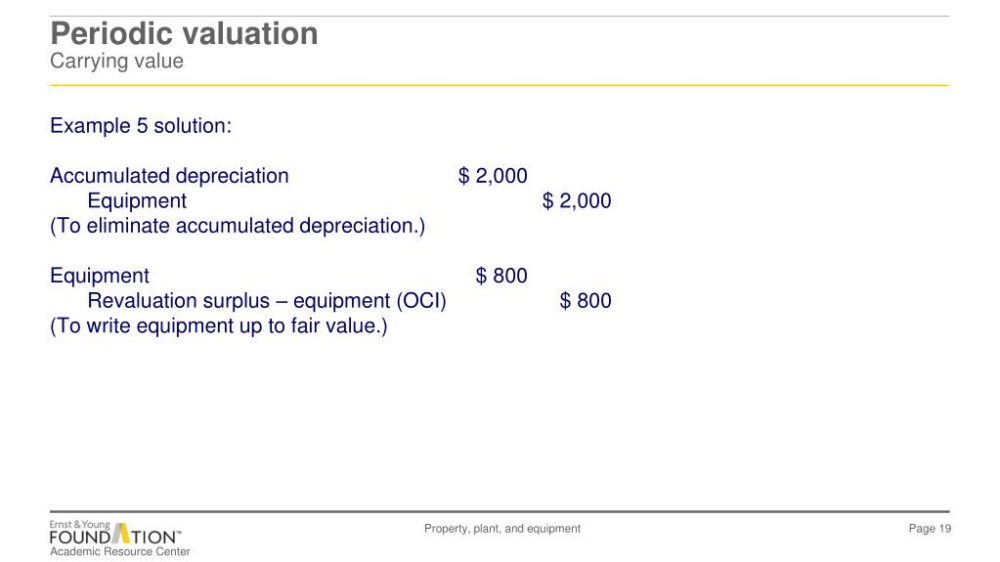Small Business Accounting Checklist & Infographic

By checking regularly (and comparing to prior months’ numbers), it’s easier to make adjustments so you are neither short nor overloaded. Keep copies of all invoices sent, all cash receipts (cash, check and credit card deposits) and all cash payments (cash, check, credit card statements, etc.). Note that you’ll need to pay some payroll taxes, such as FICA taxes, to the IRS monthly or sem-weekly, depending on the amount you withhold. However, for FUTA taxes, deposits are typically due quarterly, and you’ll file your FUTA return (Form 940) annually. Before you cut any checks or plan to outlay cash for new or longer-term expenses, check your cash balance. You need to know that you have enough in your accounts to cover any checks that you plan to write.
The Ultimate Small Business Accounting Checklist
If you’re statements is true managing inventory, set aside time to reorder products that sell quickly and identify others that are moving slowly and may have to be marked down or written off. If you check regularly (and compare to prior months’ numbers), it’s easier to make adjustments so you are neither short nor overloaded. You’ll need to handle payroll withholdings and then report and deposit the payroll taxes, like Social Security, to the appropriate agencies on the required dates. A payroll service provider can do all this to save you time and ensure accuracy at a reasonable cost. All you need is a simple statement showing your current cash position, expected upcoming cash receipts, and expected cash payments for this period. Annual reports include an overview of business activity during the year, including cash flow reports, income statements, and balance sheets.
To make bookkeeping even more manageable, use Link My Books, our bookkeeping solution that automates the entire process, saving you time and money. This article will show how a detailed checklist can simplify bookkeeping, solve common financial problems, and promote business growth. The annual financial report is your detailed proof that you and your team did a great job and a way of communicating the company’s strategy for the year ahead. This checklist guides you through what documentation you will need to consult, how to structure and record your report, and how to work out the important final figures.
Record payments you receive; deposit cash and checks.
Plus, it ensures the accurate application of tax rates, prevents VAT overpayments, and provides more insight into your finances. This checklist covers everything from the simplest daily transactions to the most complex year-end reports. The CRA collects income taxes, so be sure to review your year-to-date P&L to see if you owe any estimated taxes for that quarter. Keep a record of each of your suppliers that includes billing dates, amounts due, and payment due dates. If suppliers offer discounts for early payment, you may want to take advantage.
Review employee time sheets.
If you have employees, you likely need to run payroll weekly, but your pay period may also fall into a different category, such as bi-weekly or semi-monthly. You’ll want to process payroll on your set dates and research your payroll tax requirements, which can differ for each business. Unless you have a very small volume of transactions, it’s better to organize separate files for assorted receipts weekly or as they come in. Most accounting software lets you scan paper receipts and avoid physical files altogether.
Still, those registered as sole traders can use one to organise and separate their finances. When starting a small business, it’s essential to consider your accounting. Financial accounting is an HMRC requirement and a crucial way to track your financial performance and profitability. The IRS and states that have income taxes require you to pay estimated income taxes. Review your year-to-date P&L to see if you owe any estimated taxes for that quarter.
- You should consult your own tax, legal and accounting advisors before engaging in any transaction.
- Create a payroll file sorted by payroll date and a bank statement file sorted by month.
- Follow us online and stay up to date with new feature releases, company updates, and more.
- If an employee works more than 40 hours a week, you can be held liable to pay for overtime even if you didn’t authorize it.
- As companies grow larger and the outgoing payments they make begin to spiral upward in value, the risk/reward of fraud charges.
Read more about getting paid faster in our guide to getting invoices paid on time. All of these accounting checklists are designed to be empowered by automation. If you don’t have any process automation set up in your business yet, no need to worry.
The accounts payable (AP) balance shows up on your company’s balance sheet for the period as a liability. That figure is simply a representation of any money your company owes to its suppliers and vendors. It’s essential to reconcile the AP ledger and ensure your figures are current and correct. At tax time, carefully review your company’s full-year financial reports before giving them to your accountant.
Accurate Ecommerce Accounting

If you check regularly (and compare to prior months’ numbers), it’s easier to make adjustments, so you are neither short nor overloaded. At the end of your fiscal year, you will look at this account again to determine what receivables you will duration and convexity with illustrations and formulas need to send to collections or write off for a deduction. Our tool integrates seamlessly with your sales channels and accounting platforms, automating the bookkeeping process from start to finish. Regularly reviewing them ensures you stay on top of your obligations, avoid late fines, and maintain good relationships with vendors, creditors, and tax authorities.
Crunched accounting software can that limit activity automate the financial management process, and make it easy to manage your books all year long. Check out the below infographic for the step-by-step process, and download the list to print and keep on your desk for easy reference. Each year, small business owners are required to report annual earnings for full-time employees and independent contractors. You need to mail out W2s to full-time employees and 1099s to independent contractors by their due date. Be sure to check with the IRS as due dates have changed in the recent years. Your company’s balance sheet is a snapshot of your assets and liabilities.
